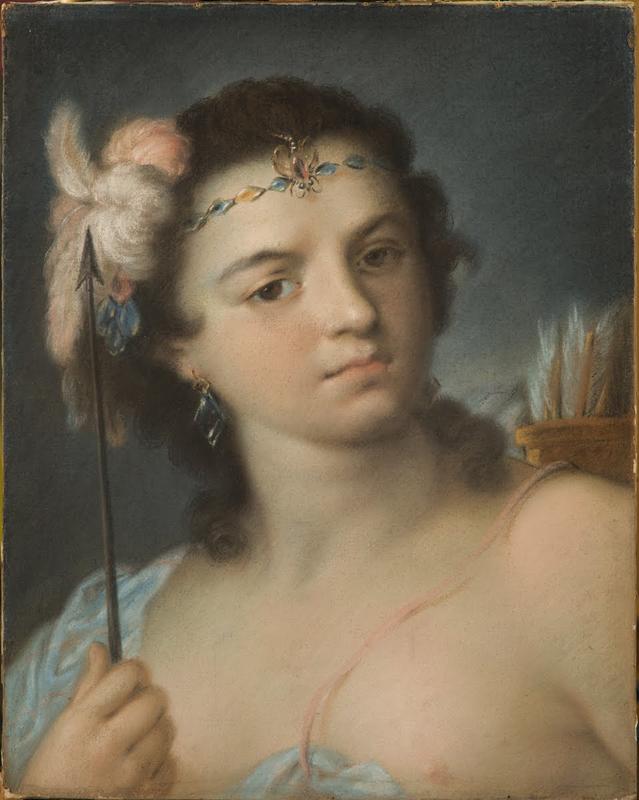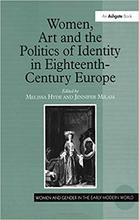More about America
- All
- Info
- Shop

Sr. Contributor
This definitely isn’t the depiction of America that Donald Glover wants us to be thinking about.
I know that Rosalba Carriera and Donald Glover lived a few hundred years apart from one another, but this is just the type of image that started the problems with representation that we see today. But this wasn’t totally Carriera’s fault. She was a product of her time, even though that time may have been awful by today’s standards. Despite her beauty, Carriera’s America is a product of the same terrible myth-making that gave us Columbus Day.
Carriera had a long history with miniatures and allegorical figures, then considered an appropriate artform for the dreaded woman artist. She ultimately found success as an artist despite the restrictions that she had to navigate. In fact, her unique pastelwork became so sought-after that she never even worked in oils. On the surface, America is a seemingly innocent painting of a pretty lady wearing some feathers and brandishing an arrow from the quiver on her back.
But let’s unpack that a bit. As Europeans began to travel the world and find out that they weren’t the only people who existed on this planet, they met some folks who looked very different from them, but you wouldn't know that by looking at this picture. By the eighteenth century, Europeans started mapping out lands based on their perceptions of the world. According to them, the four continents were Africa, Asia, Europe, and America. Cartographers, illustrators, and artists published world atlases to show off (instill) their newfound knowledge (ideology). Early European atlases also typically included personified portraits of the continents as women, which begs some sort of comment on domination. These women usually had attributes, giving America exotic feathers and arrows while providing Europe with the scepter of civilization.
Although America lacks the porcelain skin of other pastel portraits by Carriera, this chick still looks pretty white. Minus the feathers, you’d have no idea where she’s supposed to be from. She has none of the native features of Bert Geer Phillips’s Portrait of Tudl-Tur (Sun Elk). You’d think someone recognized for her skills with color would’ve been able to get a more naturalistic skin tone. This might not have been her exact intention, but it is exactly what many artists, especially Titus Kaphar, have since fought against.
Sources
- Artspace Editors. “Get Your Money, Girl." Artspace. April18, 2019. https://www.artspace.com/magazine/art_101/meet_the_artist/get-your-mone…. Accessed August 22, 2019.
- Judy Chicago. “Rosalba Carriera.” The Dinner Party: Restoring Women to History. The Monacelli Press: 2014, https://books.google.com/books?id=K4DoAwAAQBAJ&pg=PT314&lpg=PT314&dq=ro…
- National Museum of Women in the Arts. “America.” Our Collection. Explore. 2019. https://nmwa.org/works/america. Accessed August 22, 2019.
- National Museum of Women in the Arts. “Rosalba Carriera.” Artist Profiles. Explore. 2019. https://nmwa.org/explore/artist-profiles/rosalba-carriera. Accessed August 22, 2019.
- Sorabella, Jean. “Venetian Color and Florentine Design.” In Heilbrunn Timeline of Art History. October 2002. The Metropolitan Museum of Art. https://www.metmuseum.org/toah/hd/vefl/hd_vefl.htm. Accessed August 22, 2019.
- Whitlum-Cooper, Francesca. “The Eighteenth-Century Pastel Portrait.” In Heilbrunn Timeline of Art History. September 2010. Department of European Paintings. The Metropolitan Museum of Art. https://www.metmuseum.org/toah/hd/papo/hd_papo.htm. Accessed Augus












